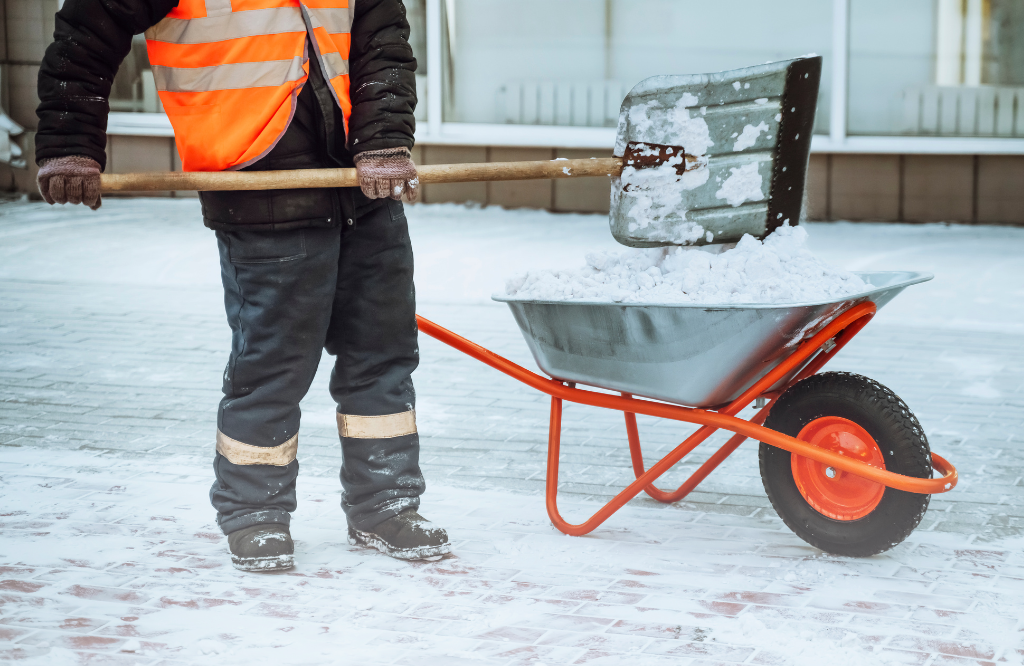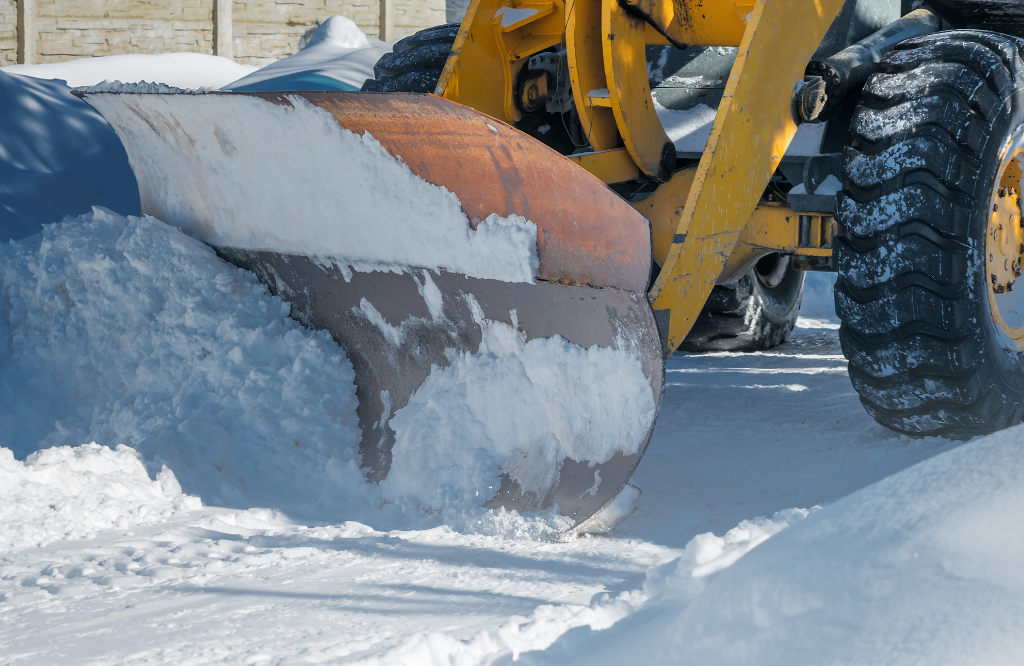Cold weather can and does make construction sites tougher and riskier to manage. As temperatures drop, winter safety in the workplace becomes essential. Employers have a duty to prepare their sites and teams for the seasonal risks that come with winter. With the right approach, you can keep your team safe, productive and warm all season long.
Why Winter Safety Matters for Construction
Winter weather adds unique risks to construction projects. Ice, snow and freezing temperatures can lead to delays, hazards and accidents. Employers must fulfil their duty to protect workers by addressing these seasonal challenges. Winterising your site not only boosts safety but also keeps your project on track. Staying proactive is crucial for success in cold-weather environments.
Site Preparation
A well-prepared site is the foundation of winter safety. Clear walkways of snow and ice, spreading grit to prevent slips. Regular inspections of scaffolding and platforms ensure stability despite fluctuating conditions. A helpful tip is to create a winter weather plan that everyone on-site can follow. Good preparation reduces risks and keeps construction sites safe and efficient.

Protect Your Team
Simply put winter work requires the right gear. Employers should equip employees with insulated clothing, waterproof boots and thermal gloves to protect against cold weather. Dressing in layers adds flexibility for changing conditions. High-visibility clothing is another essential safety measure during shorter darker days. Keeping your team protected boosts productivity and morale.
Keep Equipment Winter-Ready
Cold weather can wreak havoc on tools and machinery. To mitigate these risks, employers should store all necessary equipment in warm and dry areas when possible. Regular inspections ensure machines remain safe and operational. Use antifreeze in engines and lubricate moving parts to prevent freezing. Proper maintenance protects employees, investments and supports safer operations.

Create Warm Break Areas
Workers need regular breaks to warm up and recharge. Employers should provide heated shelters where teams can rest during shifts. Offering hot drinks and snacks is another helpful way of keeping morale high. Comfortable, well-cared-for workers are safer and more productive, even in challenging seasonal conditions.
Focus on Communication
Good communication is key to winter safety in the workplace. Employers must ensure all employees understand their duties and the risks of working in cold weather. Use toolbox talks to share safety tips and keep crews updated on site conditions. Clear instructions ensure everyone stays on the same page and reduces misunderstandings that could lead to accidents.

Watch for Cold Weather Hazards
Winter weather brings specific health risks such as frostbite and hypothermia. Employers should train workers to recognise symptoms like shivering, numbness or fatigue. Being proactive about these risks helps ensure quick responses to prevent serious health issues. Keeping employees informed and vigilant is crucial for their safety.
Final Thoughts
Winterising construction sites is essential for ensuring safety during cold weather. Employers have a duty to prepare their sites, protect their employees and maintain equipment. By following these tips and staying vigilant, you can meet your responsibilities while keeping your crew warm, safe and productive.
With the right plan and preparation, your construction site can survive, and thrive, through the winter months. Stay warm, stay safe and keep building!
